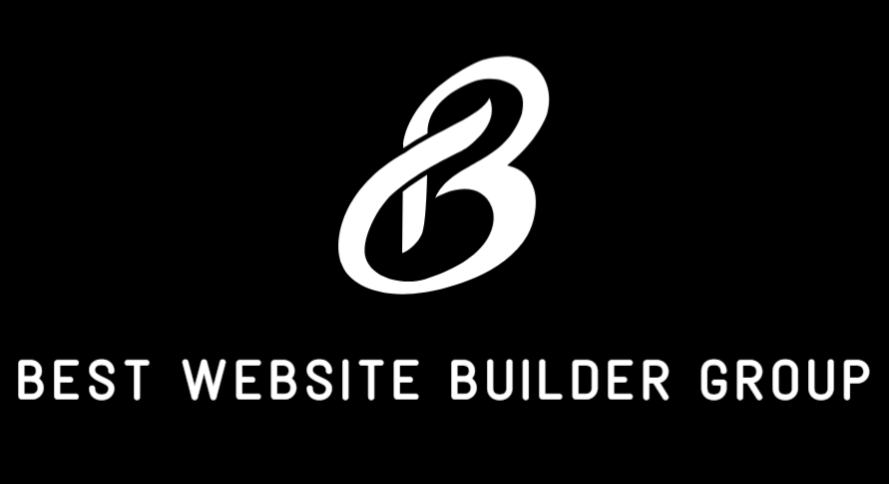When it comes to building a strong SEO foundation, many marketers focus solely on keywords, backlinks, and page speed. But a quietly powerful strategy that directly influences both rankings and user experience is internal linking. Done correctly, internal linking can boost authority distribution, improve indexability, and guide visitors through a seamless, value-rich journey.
In this article, we’ll explore internal linking in greater depth—how it works, why it matters, and how it becomes a strategic tool for long-term SEO gains.

What Is Internal Linking?
Internal linking refers to hyperlinks that connect one page of your website to another page on the same domain. This helps users navigate through content, and helps search engines discover and understand the structure and relationship between your pages.
Unlike backlinks (links from other sites), internal links are entirely within your control. That makes them one of the most accessible SEO tools at your disposal—no outreach needed, just good strategy and architecture.
At Best Website Builder Group, we prioritize internal linking from the start of any new website build to ensure content clusters and navigation support long-term growth.
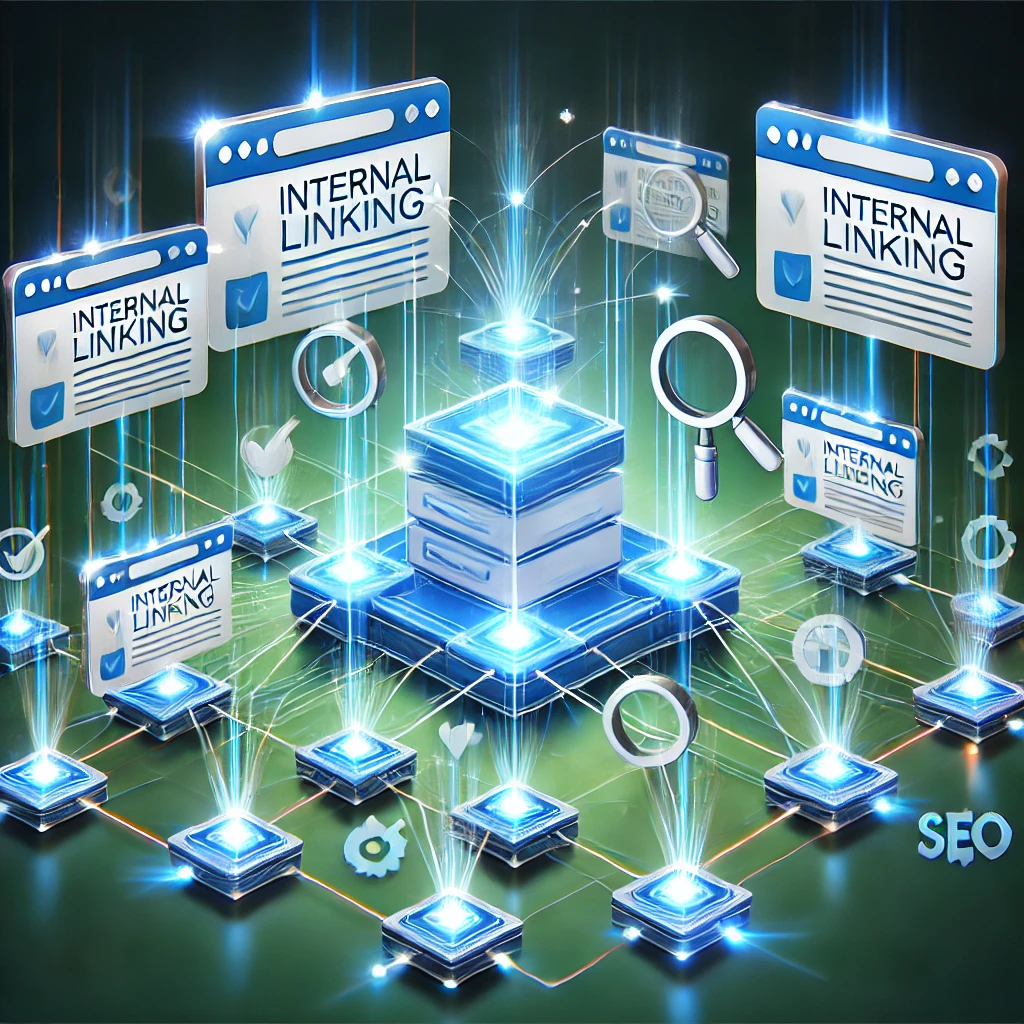
Why Internal Linking Is Important
Internal links signal to search engines what pages are most important. The more links pointing to a page (and the more contextually relevant they are), the more search engines value it. When used thoughtfully, internal linking helps:
- Distribute link equity across your site
- Reinforce keyword relevance
- Reduce bounce rate by directing users to more content
- Help search engines find and index new pages faster
- Build a logical content hierarchy
In short, internal linking strengthens both the SEO signals and the user experience of your website.
Content Hierarchy and Link Equity
Search engines assign a form of “value” or authority—often referred to as PageRank—to every page on your website. Through internal linking, this authority can be shared. Linking from a high-authority page (like your homepage or a top-performing blog) to a newer or lower-ranked page passes some of that value along.
The more internal links a page receives, the more important it appears in the eyes of search engines. This is especially effective when launching new service pages or blog posts. Without internal links pointing to them, these pages are often ignored or take longer to rank.
This is one reason why Best Website Builder Group uses structured internal linking within service pages, blog content, and footer/navigation menus.

Contextual Relevance and Anchor Text
Search engines also pay attention to the anchor text—the clickable words used in a link. Using descriptive, relevant anchor text helps Google understand what the target page is about. For example:
Instead of writing:
Click here to learn more about SEO
Write:
Learn more about SEO optimization strategies
This approach boosts the semantic relevance of both pages involved and reinforces keyword targeting.
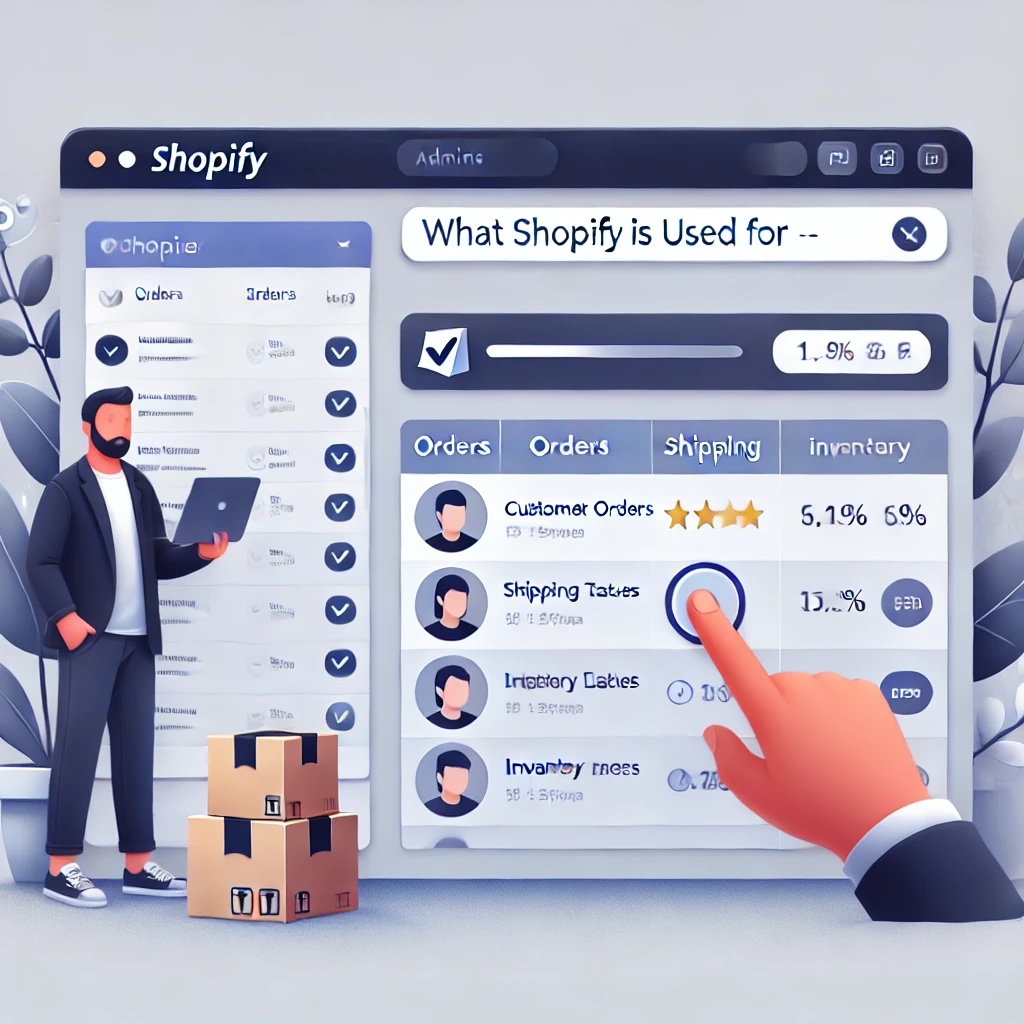
Common Internal Linking Pitfalls
While the concept is simple, poor implementation can actually harm your SEO efforts. Here are common mistakes to avoid:
- Using generic or repetitive anchor text
- Creating orphan pages that no other pages link to
- Overlinking (adding too many links in a single paragraph)
- Only linking from navigation menus, not within page content
- Linking to low-value or duplicate content
A well-balanced internal linking strategy involves thoughtful placement, context, and a clear content hierarchy. Every link should have a purpose—whether guiding a user or reinforcing SEO relevance.
Building Topic Clusters With Internal Links
Modern SEO favors content clusters—collections of related content centered around a “pillar” topic. Internal linking is what binds these clusters together.
Let’s say you have a pillar page about “Website SEO Strategy” and several supporting posts about speed, crawlability, security, and keyword research. By linking from those posts back to the main pillar page—and vice versa—you create a web of relevance.
This is how search engines determine topical authority. When many pages cover related themes and link to one another, your site is seen as a more trustworthy, authoritative resource in that domain.
Best Website Builder Group leverages this method across all content types, ensuring interconnectivity between landing pages and long-form blog content.

How Internal Linking Affects User Behavior
Beyond search engines, internal linking shapes the visitor experience. It helps users:
- Discover related information without leaving your site
- Navigate more easily through services or products
- Answer their own questions through helpful content chains
- Build trust and engagement through consistent value delivery
In turn, these behaviors positively influence SEO metrics like bounce rate, dwell time, and conversion paths.
When a visitor lands on a page about “how to use Shopify” and finds links to related topics like “how to cancel a Shopify subscription” or “does Shopify collect sales tax,” they’re more likely to stick around. That’s the power of internal linking in action.
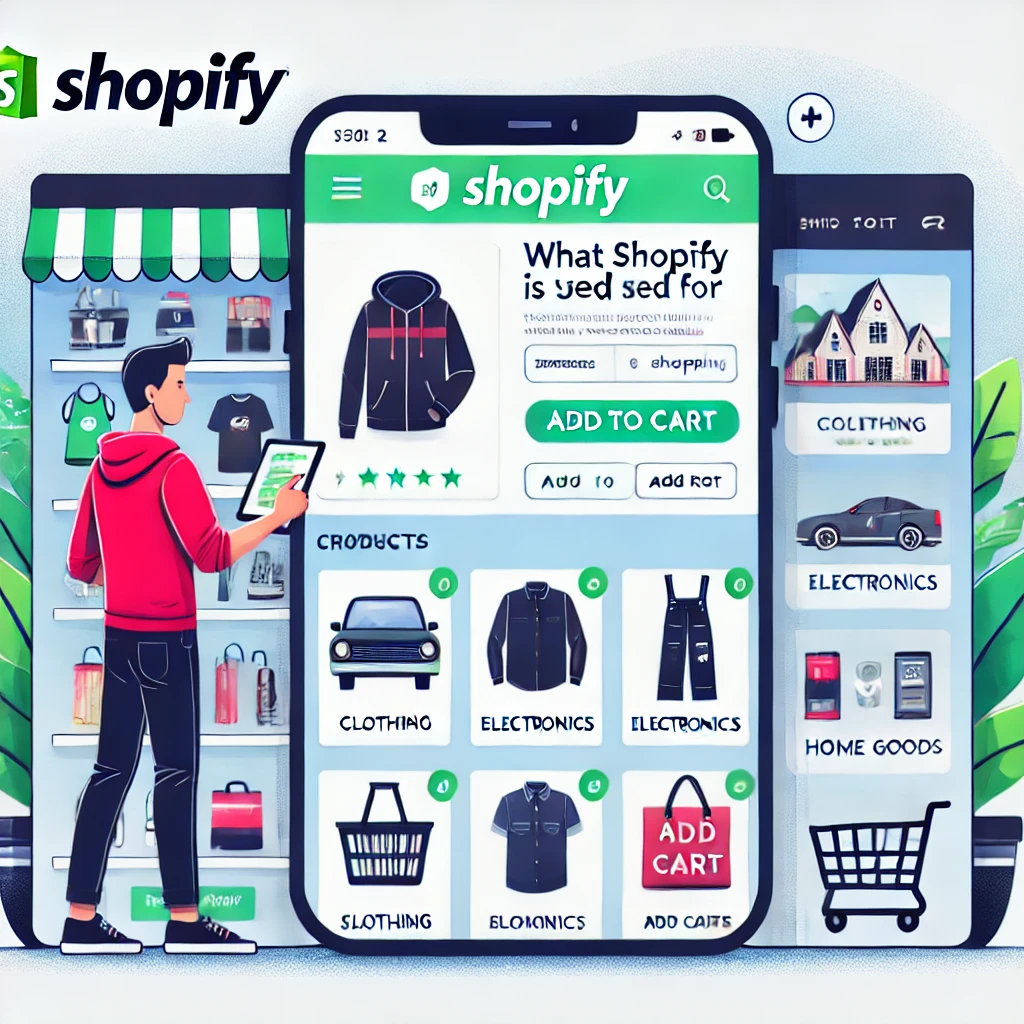
How to Audit Internal Links
To assess the strength of your current internal linking setup, use SEO tools such as:
- Ahrefs Site Audit
- Screaming Frog
- Sitebulb
- Google Search Console (for index coverage and crawl errors)
Look for:
- Orphan pages (no internal links)
- High-value pages with few inbound links
- Overuse of the same anchor text
- Opportunities to connect newly published pages to older content
Fixing these issues can have an immediate impact on crawlability, relevance, and rankings.
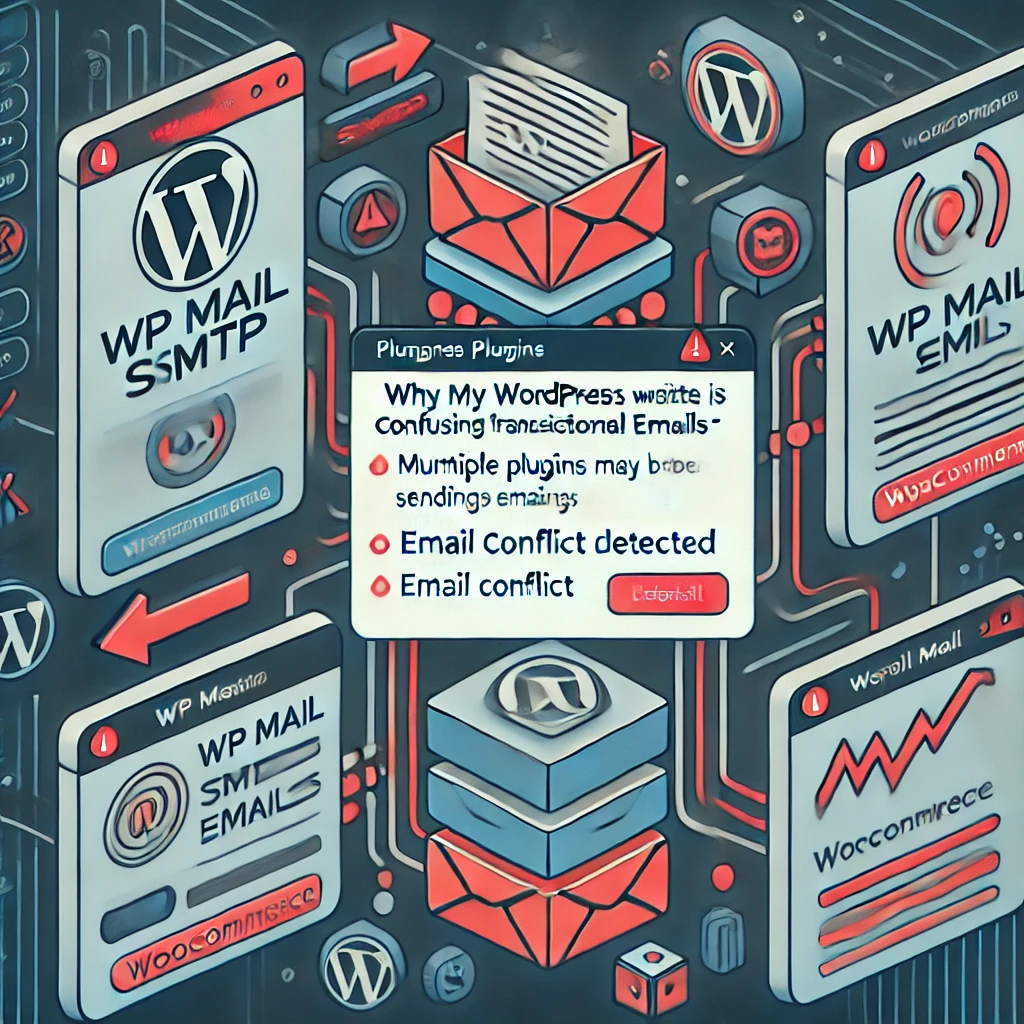
Internal Linking in Practice at Best Website Builder Group
If you explore the Best Website Builder Group website, you’ll notice an intentional internal link structure. Pages about SEO, Shopify development, WordPress, and landing pages are cross-linked based on context and value.
Blog posts link to related service pages. Service pages link back to blogs and testimonials. The navigation bar offers direct paths to high-priority areas, and footer links provide continuity across the entire site.
This approach not only boosts SEO rankings—it helps visitors stay engaged longer, find what they need, and convert more often.

Conclusion
Internal linking may not be flashy, but it’s one of the most effective ways to enhance both user experience and SEO performance. It ensures that your content ecosystem is connected, your authority is distributed strategically, and your visitors are guided intelligently through your site.
At Best Website Builder Group, we believe internal linking is not just a technical task—it’s a content strategy. When used purposefully, it becomes a competitive advantage that compounds over time.
